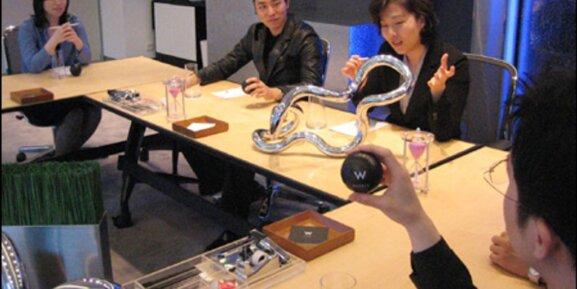Gyeongbokgung :: The Majestic Palace in Seoul
Gyeongbokgung :: The Majestic Palace in Seoul
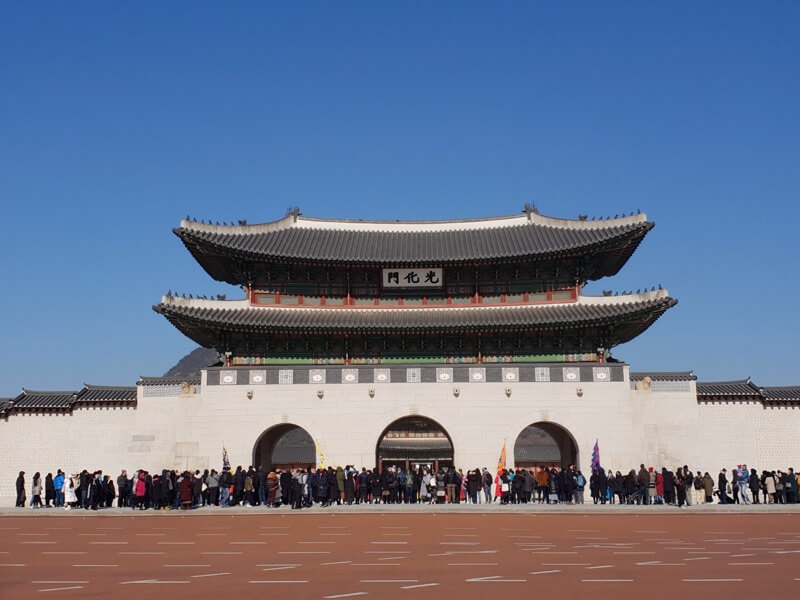
Arguably the most important and impressive tourist site in Seoul is the majestic Gyeongbokgung (경복궁 in Korean).
Located in Jongno-gu right in the very heart of north Seoul, it’s probably the first port of call for many tourists upon arrival in Korea. For centuries Gyeongbokgung has been at the epicenter of Korean royalty, government, and culture, so its importance to the nation cannot be underestimated.
Make sure you swing by for an in-depth view into Korean heritage next time you’re in town.
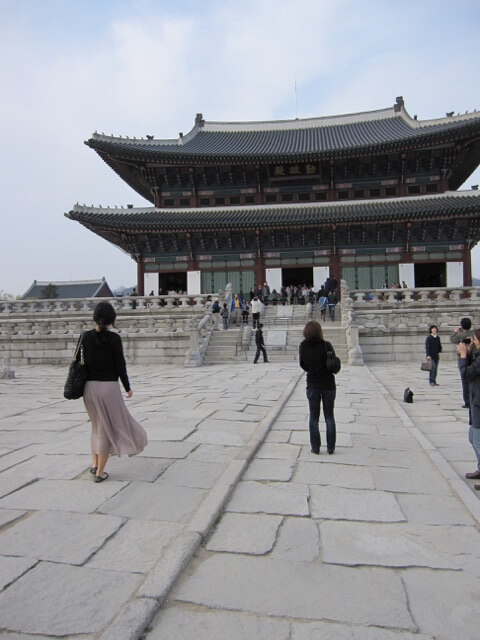
First constructed in 1395 to act as the King’s residence during Korea’s famous Joseon Dynasty, Gyeongbokgung has understandably been a focal point for locals and foreigners for centuries.
The largest and most impressive of the Joseon Dynasty’s Five Grand Palaces, it not only housed monarchs but also served as the location of government throughout the length of the dynasty’s reign. Unfortunately, the original structures were destroyed by fire during the Imjin War of 1592-1598 and the palace lay in ruins for much of the next 300 years. During the 19th century extensive renovations were completed under Prince Regent Heungseon during the reign of King Gojong. But sadly it did not avoid further destruction, as the palace and its surrounds were systematically destroyed under the colonial period of Japanese rule in Korea during the early 20th century.
The appearance and layout of the palace in its present form are thanks to a concerted reconstruction effort launched by the Korean government in 1989 and which still continue to this day.

Gyeongbokgung and its surrounding grounds certainly make for an impressive sight, and there is plenty to see and do during your visit. Nestled between the foot of Bukhan Mountain and the top of Gwanghwamun Square, the palace and its high white walls look suitably imposing.
As you approach the main entrance at Gwanghwamun Gate it rises proudly above the traffic buzzing along in front. Shielded by the mountainous backdrop it is not hard to imagine the prestige and significance it would have conjured amongst visiting dignitaries.
Be sure to catch the changing of the guard ceremonies that occur on the hour between 10am and 3pm – where large, traditionally attired guards parade around in front of the gate. Once inside the palace grounds there are seemingly endless opportunities to get up-close and personal with any number of fantastic buildings and sites, painstakingly restored to their former glory.
Those most worthy of spending some extra time at include: Geunjeongjeon (the throne hall), Heungnyemun Gate, Hyangwonjeong Pavilion, and Gyeonghoeru (the royal banquet hall). The National Palace Museum of Korea and the National Folk Museum are also located inside the palace grounds too. The grounds are vast so be sure to allocate at least a few hours to explore them thoroughly.
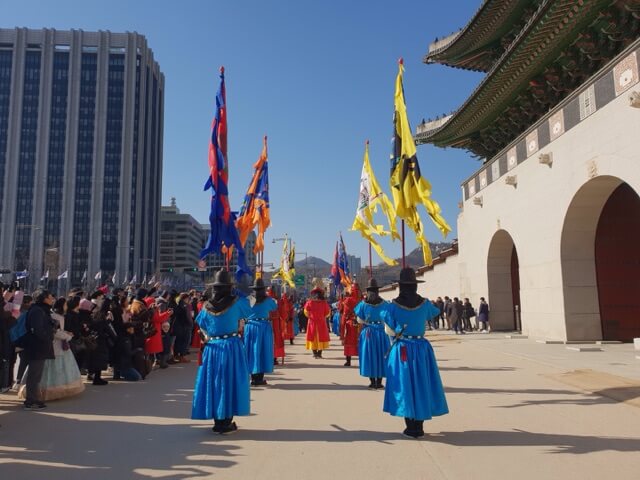
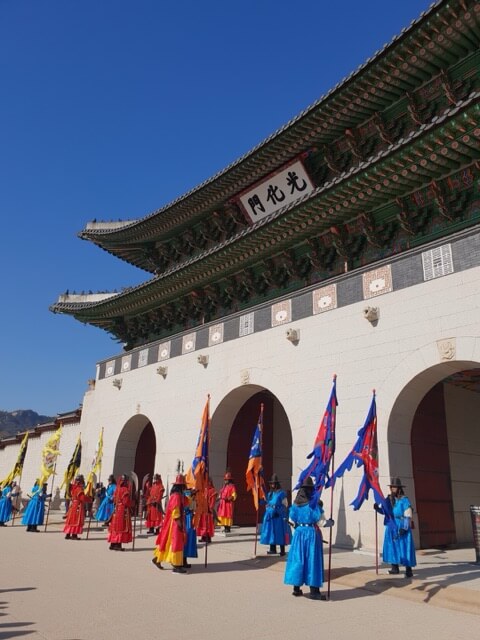
Being in the center of Seoul means Gyeongbokgung is easily accessible from wherever you might be. The nearest subway stations are Gyeonbokgung Station or Anguk Station, both of which are on Line 3.
Gwanghwamun Station is also nearby on Line 5, and this gives you the best view as you approach the main gate. The price of admission is \3,000 for adults and do be aware that the palace is closed on Tuesdays.
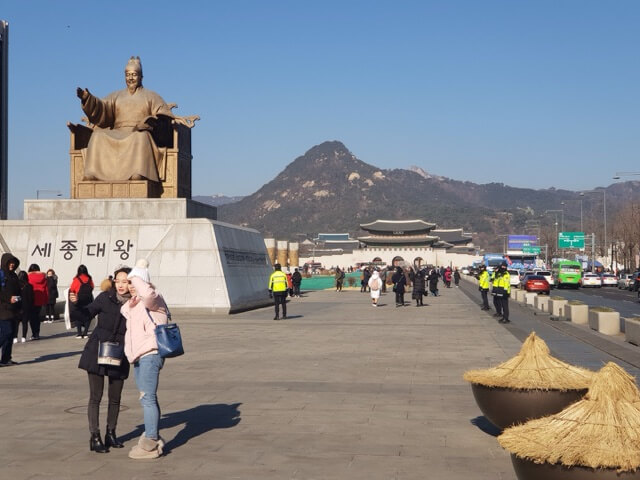
Gyeongbokgung is easily one of the most important and recognizable attractions in Seoul and one not to be missed on your next visit. Throughout the centuries it has witnessed royalty, destruction, neglect, and reconstruction, to offer us a window into the past of this truly modern city.


